Would Still Work: Ancient Maya Water Filter System Developed Over 2,000 Years Ago
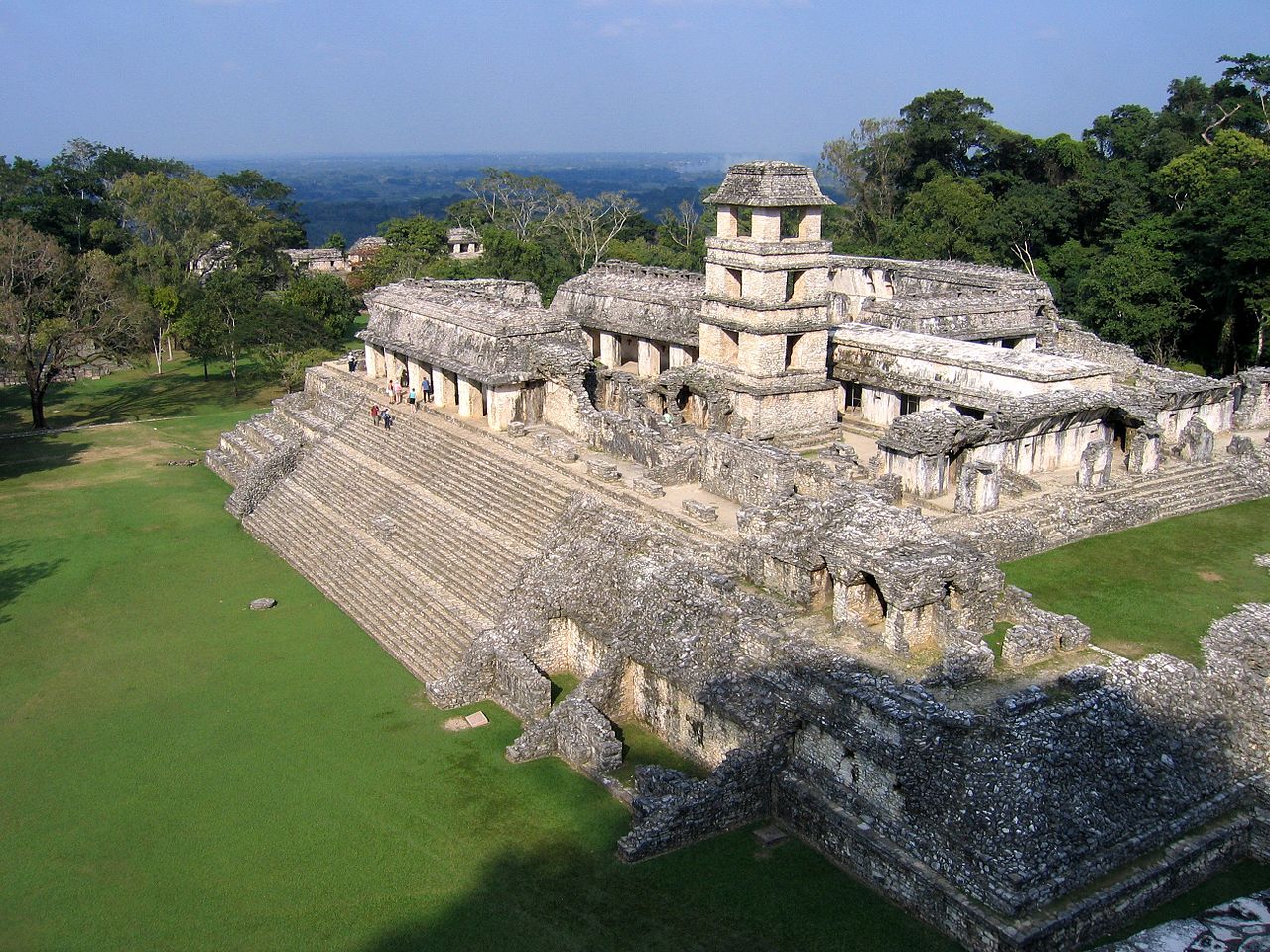
Maya: When one thinks of the management of water in ancient times the first thing that usually comes to mind are the brilliantly designed Roman aqueducts but few know of the water treatments performed by the Mayan civilization who had also built aqueducts at about the same time.
In the Mayan city of Tikal in northern Guatemala, Associate Professor, Curator and member of the Court Archaeological Research Facility at the University of Cincinnati, Dr. Kenneth Barnett Tankersley and his team have discovered the oldest known water purification system.
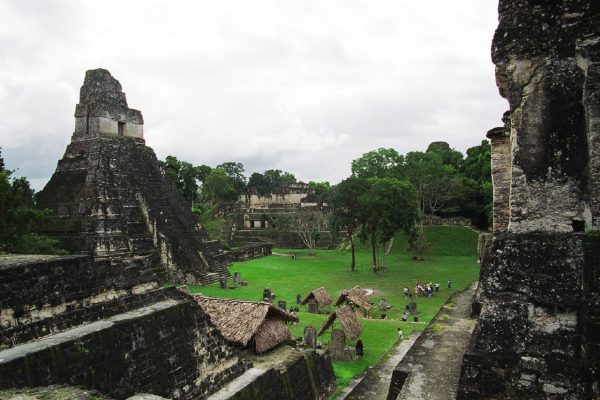
According to the research paper at nature.com, the ancient Mayans used zeolite and coarse, tiny crystalline quartz, about the size of a grain of sand. Tankersley tells us zeolite is extremely porous, non-toxic with natural adsorbent and ion exchange properties and occurs in nature. It can filter damaging microbes and other toxins from the water.
Almost three thousand years ago Romans and Greeks used zeolite in their cement when building aqueducts, bridges and dams but until this discovery scientists didn’t realize zeolite had been used for purification and had always attributed the first water purification systems to Asians and Europeans.
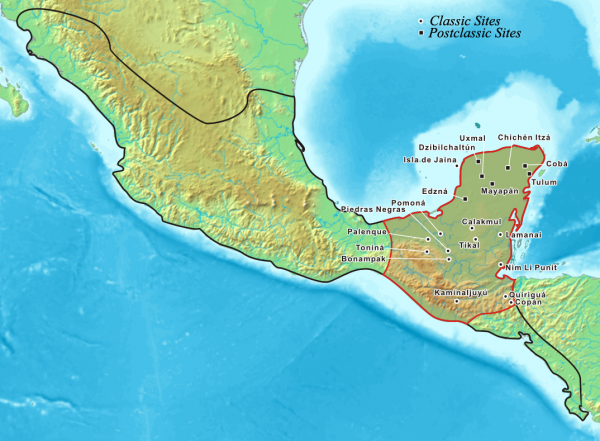
When they dug up Tikal’s Corriental reservoir which was built by the Mayans in the center of the city they discovered that the reservoir has some minor pollutants caused by chemicals but there were no algae deposits.
Scientists believe that the water was so clean people came from all over to fill jugs and jars as evidenced by pottery shards found around the reservoir in almost all layers of the soil.
Although researchers had previously known about the reservoirs and watersheds, they had no idea how the water was purified.
The Aztecs and other indigenous people of the Americas usually erected villages near natural springs which required no filtration but the area of Guatemala where Tikal was located was often plagued with drought causing them to build reservoirs for hard times. Because of this the Mayans were able to run a cosmopolitan city full of art and technical innovations for over one thousand years.
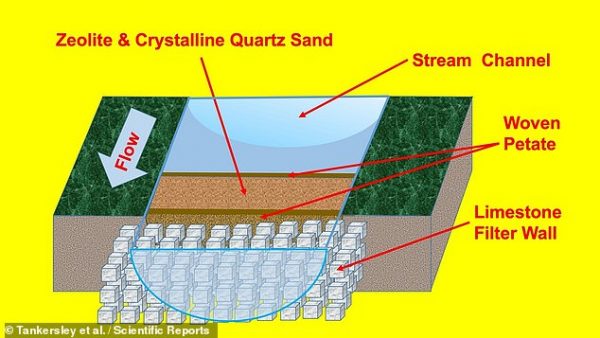
Tikal was an important city in the Mayan world. It was populated from the sixth century BC to the tenth century AD. They built temples, palaces, roads, city squares, monuments, terraces and pyramids including the tallest Mayan pyramid at two hundred and thirty feet.
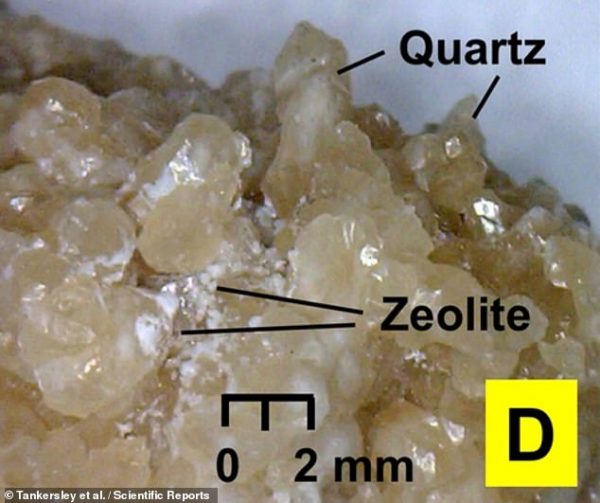
Glyph writings on some of the stela, which are carved tablets, indicate that the city ran successful trade with cities as far away as Teotihuacan in Mexico. The area consisting of over one hundred and forty two thousand acres was turned into Tikal National Park and a UNESCO World Heritage site.
According to whc.unesco.org, the park is located within the Maya Biosphere Reserve which covers almost five million acres of land.
Tikal itself covered about one thousand acres with the residential areas and the water reservoirs taking up another three thousand acres. Some of the monuments and stela have been moved to museums but others have been left in place which can draw looters although the archeological site is well guarded.

Ancient-origins.net tells us that as time went on the reservoirs became contaminated with mercury which occurred as a result of the production of plaster for their temples. When it rained the mercury leached out and the soil and eventually the water became contaminated.
Many scientists believe the lack of potable water was a major factor in the abandonment of Tikal. Others claim it was the result of an ongoing drought or too much warfare and not enough food.
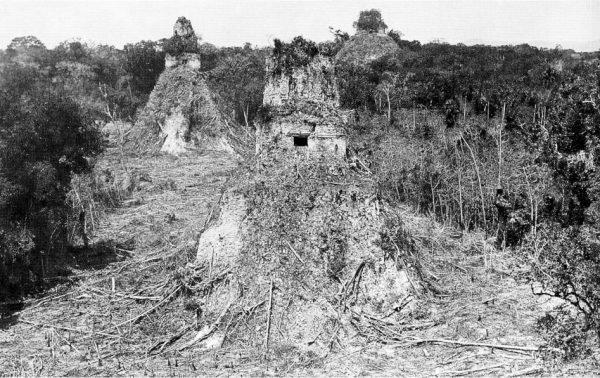
Over the years the jungle reclaimed the city and it was lost to most human memory until the 1860s when it was discovered by explorers who were guided by locals who were still aware of the city’s location. Between 1956 and 1970 the University of Pennsylvania ran an ongoing archaeological dig uncovering about ten square miles of the city.
Another Article From Us:Medieval “Ghost Village” That’s Been Underwater Since 1947 Could Reappear
They excavated and restored buildings until the Guatemalan government took over the site which is still being excavated and has become a major tourist attraction.
